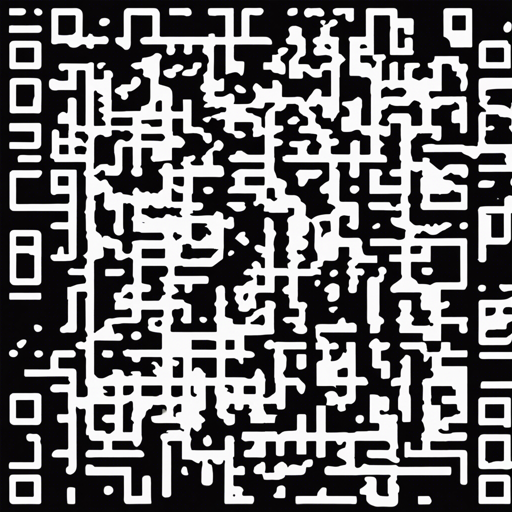Are you tired of struggling with reading tricky QR codes from images? Worry no more! Meet **QReader**, a robust and straightforward solution designed to tackle those QR codes that can be quite difficult to decode.
What Is QReader?
QReader is a powerful library that leverages the YOLOv8 model to detect and decode QR codes in images. It incorporates a unique QR detector and a decoder to ensure maximum efficiency—even with challenging images.
Installation
To get started with QReader, you need to install it in your Python environment. Follow these simple steps:
- Open your terminal or command prompt.
- Run the following command:
pip install qreaderIn addition, you may need to install some dependencies:
- Windows: If you encounter an ImportError related to `lizbar-64.dll`, install vcredist_x64.exe.
- Linux: Run
sudo apt-get install libzbar0. - Mac OS X: Use
brew install zbar.
For local installation, use:
python -m pip install --editable .Quick Start Guide
Using QReader is quite straightforward. For most use cases, you’ll only need to call the detect_and_decode function:
from qreader import QReader
import cv2
# Create a QReader instance
qreader = QReader()
# Load the image containing the QR code
image = cv2.cvtColor(cv2.imread('path_to_image.png'), cv2.COLOR_BGR2RGB)
# Decode the QR code
decoded_text = qreader.detect_and_decode(image=image)
In the code above, we first import QReader and OpenCV to read the image. Then we create an instance of QReader, load an image containing a QR code, and finally decode it. The result is a tuple containing the decoded strings of each QR found in the image, where None entries indicate undetectable QR codes.
Understanding How QReader Works: An Analogy
Think of QReader as a skilled detective in a mysterious world of QR codes. This detective has two crucial tools:
- Detective Glasses (QR Detector): These glasses help the detective spot QR codes in complex scenarios that others might miss (powered by the YOLOv8 model).
- Handy Decoder (Pyzbar): Once the detective spots a QR code, these handy tools help decode its secrets, revealing valuable information.
By utilizing these two tools, QReader can efficiently decode hard-to-read QR codes, much like a detective solving a complicated case.
Troubleshooting
If you experience issues while using QReader, consider the following troubleshooting tips:
- Ensure all dependencies are correctly installed, especially on Windows where you might need the Visual C++ Redistributable.
- If you’re running into performance issues, check your system resources. Consider using a CPU version of PyTorch.
- If unexpected None values appear in your decoded results, confirm that the images being processed are suitable for QR code detection.
- For more insights, updates, or to collaborate on AI development projects, stay connected with fxis.ai.
Conclusion
By following this guide, you should be well on your way to effectively reading even the most challenging QR codes using QReader in Python. The seamless combination of a robust detection model and an efficient decoder makes it an essential tool for developers working with QR codes.
At fxis.ai, we believe that such advancements are crucial for the future of AI, as they enable more comprehensive and effective solutions. Our team is continually exploring new methodologies to push the envelope in artificial intelligence, ensuring that our clients benefit from the latest technological innovations.

